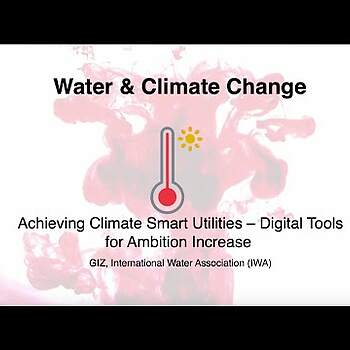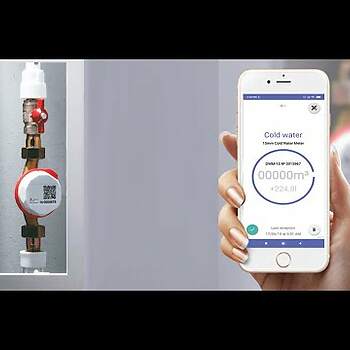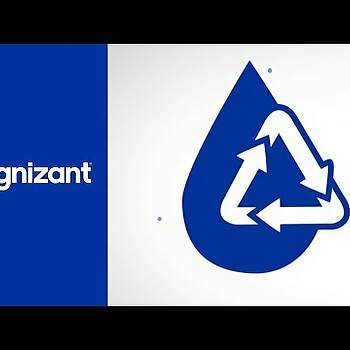There is growing interest in the water sector in meeting future water challenges through the application of information technology, more extensive data collection and analysis across the water cycle. This development is known as the 3 I approach: Instrumentation, Interconnection and Intelligence. Instrumentation, in having the facilities for measuring and recording data. Interconnection, by enabling real time interaction with operators and managers. Intelligence, through advanced data analysis (across business sectors), generating quick response and optimized solutions.
Digital water comprises 7 components:
- Meters and sensors for measuring digital flow and pressure, consumption, for measuring water quality, source availability, weather conditions etc.
- GIS (Geographical Information System) and Hydraulic Network Models. GIS provides spatial data on assets: location, condition, operational and repairs history, assets value. Hydraulic models simulate network performance and gauging water loss.
- SCADA systems (Supervisory Control and Data Acquisition) are utilized for remote operation, monitoring and control from a central location (control room).
- ERP/Business software systems provide integrated software for the management of internal processes such as financial management, customer relations, billing and collection, maintenance and work orders management, procurement and stores, Human Resources and payroll.
- Software for Business Planning and capital investment planning
- Performance Benchmarking systems
- Communication platforms (websites with customer portal), social media, personalized customer emails.
In the early 1990's computers entered the utilities and opportunities arose to develop models for hydraulic simulation, design of distribution systems and for financial forecasting. Also drawing designs in AutoCAD was introduced, development of customer databases, asset registers etc. All these were standalone applications and integration was not yet possible. Data had to be entered manually.
The digital revolution possibly provides a new future for off grid localized water systems, fitted with smart pumps, valves and sensors. Utilities in developing countries may be leap frogging towards this new future.
For further reading, please refer to the following documents:
https://iwa-network.org/publications/digital-water/
GE-Ecomagination-Digital-Water.pdf


